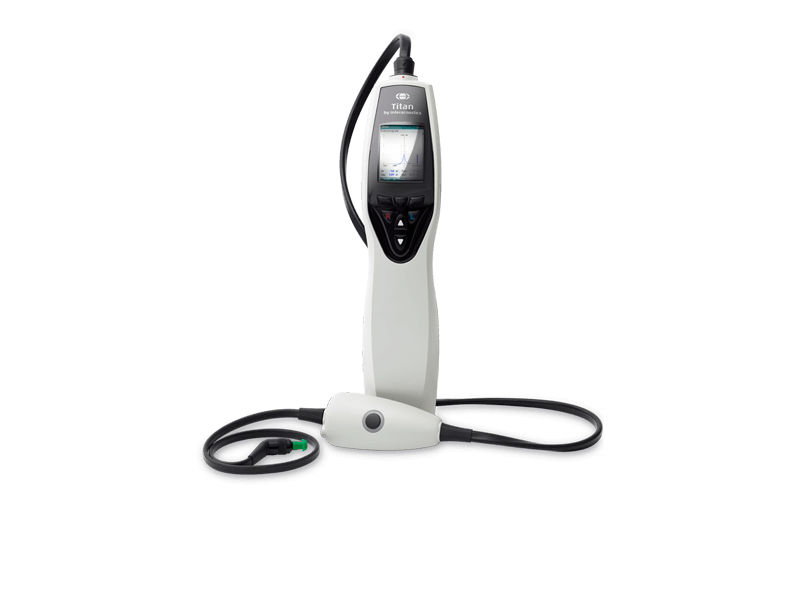How to Identify Fluid in the Middle Ear
About the author
The information presented here is based on clinical examples as well as modeled patterns. Text and accompanying. Absorbance sketch is authored by Navid Shahnaz, PhD, Aud, Associate Professor of Audiology in the School of Audiology & Speech Sciences at the University of British Columbia (UBC).
Caveats
Unless the Absorbance is evaluated at tympanometric peak pressure, any positive or negative middle ear pressure will influence the absorbance characteristics and obscure a direct interpretation.
It should also be noted, that recordings on ears with fluid in the middle ear will vary between patients – the shown Absorbance pattern is a sketched example only.
Absorbance characteristics to look for
The Absorbance at lower frequencies tends to be at a very low level. This effect might increase with the amount of fluid in the middle ear which might also extend the effected frequency range upwards. At the highest frequencies the Absorbance may be reduced as well (as shown in this sketch), but this effect is not seen in all ears.

Sketched example
Consequences of probe fit
All Absorbance measures need to have a good probe fit to be reliable. Evaluating Absorbance as provided by the 3D Tympanometry test ensures that a reasonably air tight probe seal was accomplished, as the air pressure sweep would not have been performed otherwise. In addition to an air tight probe seal, a deeper rather than a shallower probe insertion ensures the most accurate Absorbance measures. Shallow insertions tend to provide more elevated Absorbance readings at lower frequencies. This is somewhat similar to normal Tympanometry measures that are also influenced by probe fit and probe insertion depth.
Suggested reading
Effects of Middle-Ear Disorders on Power Reflectance Measured in Cadaveric Ear Canals, Voss, Susan E., Merchant, Gabrielle R.,Horton, Nicholas J., Ear & Hearing. 33(2):195-208, March/April 2012.
Acoustic Immittance Measures, Basic and Advanced Practice, 2013, Lisa Hunter, Phd, FAAA, Navid Shahnaz, PhD, Aud. (C), Plural Publishing. ISBN10: 1-59756-437-0, ISBN13: 978-1-59756-437-3.

